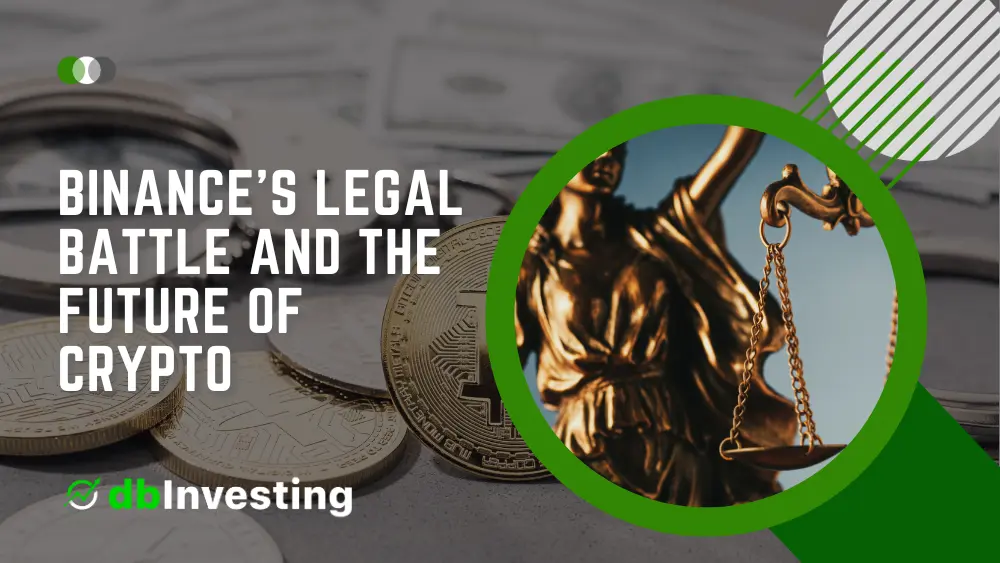The tech community has been abuzz this week with the unfolding drama at OpenAI, but another significant narrative has emerged in a federal court in Seattle, where the Department of Justice (DoJ) has brought forth extensive charges of money laundering and fraud against Binance, the world’s largest crypto-trading platform.
This has led to the resignation of Binance’s leader, Changpeng Zhao (“CZ”), who is set to pay a $50 million fine, and a substantial $4.3 billion settlement, touted as “one of the largest corporate penalties in US history” by Attorney-General Merrick Garland.
While some may interpret this as a potential death knell for the crypto industry, the aftermath tells a different story. Binance’s BNB token experienced a modest rally, sitting 60% below its 2021 peak but 10% higher than last month.
Simultaneously, Bitcoin’s price doubled this year, resulting in the overall crypto sector being valued at approximately half its level two years ago but 50% larger than late 2022. Crypto has contracted, but reports of its demise seem premature.
One interpretation of this resilience is that individuals engaged in dubious transactions using crypto believe they can persist, even under DoJ scrutiny. However, another perspective suggests that significant investors see this as not the end but the conclusion of the initial phase, anticipating a more positive sequel.
Hedge fund luminary Mike Novogratz expressed this sentiment before the deal, describing Binance settling with US regulators as “super bullish” and an opportunity for the industry to progress.
A third lens through which to view these developments is as a power struggle between the “tower” and the “square” – the central authorities and networked crowds. Initially aligned with libertarian, anti-establishment ideals, crypto platforms like FTX and Binance have paradoxically created concentrations of power more extreme than mainstream companies by assuming multiple roles, including brokers, exchanges, and custodians.
Despite crypto’s perception of anonymity, advancements in digital detective work have made it easier for regulators to track criminal transactions. The recent court documents provide detailed accounts of transactions with Iran, surpassing what would be achievable through traditional hawala channels.
What becomes evident is that, while crypto enthusiasts initially sought to challenge or hedge against the “tower,” the authorities are now pushing back. In the absence of effective legislative action from Congress, the DoJ and Securities and Exchange Commission are effectively shaping policy through legal sanctions. Binance’s survival under new leadership, Richard Teng, indicates a willingness to accept intrusive oversight.
Simultaneously, central banks are striving to replace crypto with their own digital currencies, and mainstream financial institutions are seeking approval for bitcoin ETFs. Despite the clunkiness of current technology for rapid payments at scale and the volatility of crypto prices, there is still an intriguing core idea about using tokenization and digital ledgers for value transfer.
The prediction is for a future where crypto concepts assimilate into the financial establishment, while select products, like bitcoin, persist at the fringes, primarily used by investors as a hedging tool – a digital gold of sorts.
This evolution underscores the historical oscillation of power between the “tower” and the “square,” offering a compelling demonstration of how ideas from the crypto world might become integrated into mainstream finance, defying traditionalists and making Silicon Valley take note.



